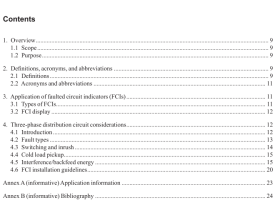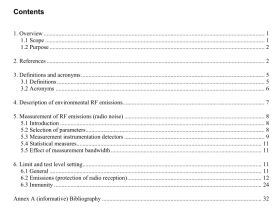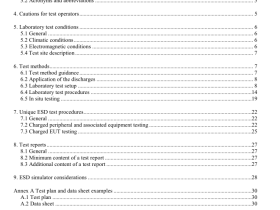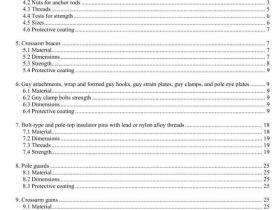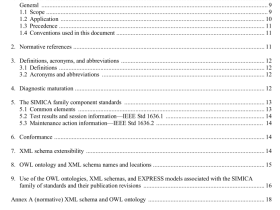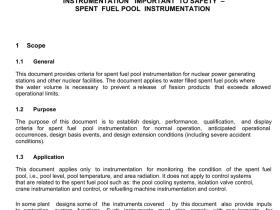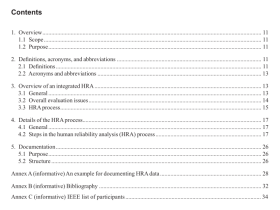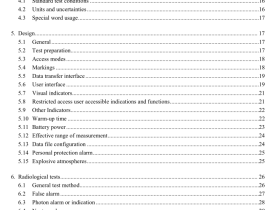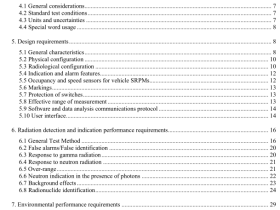ISO IEC IEEE 14764 pdf download – Software engineering — Software life cycle processes — Maintenance
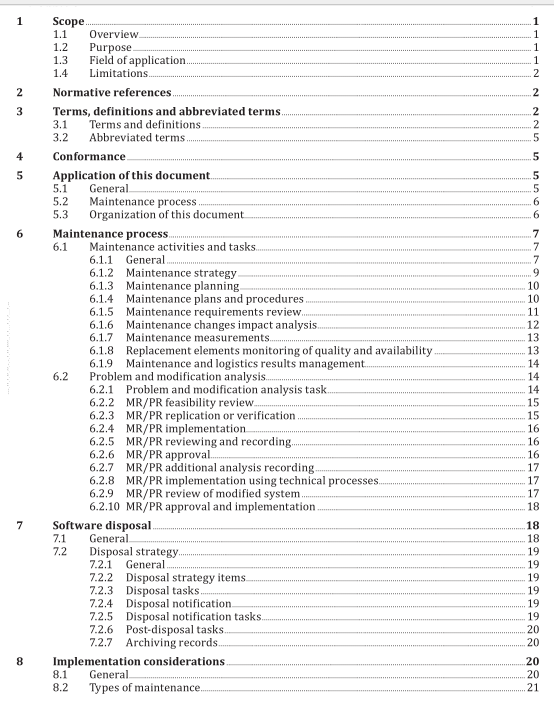
ISO IEC IEEE 14764 pdf download – Software engineering — Software life cycle processes — Maintenance
1 Scope1.1 overview
This document provides guidance for the maintenance of software, based on the maintenance processand its activities and tasks defined in ISO/IEC/IEEE 12207:2017,6.4.13.Moreover, this documentdescribes the maintenance process in greater detail and establishes definitions for the various typesof maintenance. This includes maintenance for multiple software products with the same maintenanceresources.”Maintenance” in this document means software maintenance unless otherwise stated.
The document does not address the operation of software and the operational functions, e.g.backup,recovery, system administration, which are normally performed by those who operate the software.However, it does include the related disposal process defined in IlSO/IEC/IEEE 12207:2017,6.4.14.
This document is written primarily for managers, maintenance organizations, quality managers,usersand acquirers of systems containing software.
Many of the activities and tasks discussed in this document apply equally to maintenance services,as well as to maintained software products. For example, in a cOTS intensive system, maintenanceservices are performed to sustain the product in operations.
While the scope of this document is software maintenance, hardware and hardware costs are importantconsiderations for maintenance.
1.2Purpose
This document provides guidance on the maintenance process. It identifies how the maintenanceprocess can be invoked during acquisition and operation.This document also emphasizes the followingin the maintenance process: the maintainability of software products; the need for maintenance servicemodels; and the need for a maintenance strategy.
1.3Field of application
This document is intended to provide guidance for the planning for and maintenance of softwareproducts or services, whether performed internally or externally to an organization. It is not intendedto apply to the operation of the software.
This document is intended to provide guidance for two-party situations and can be equally appliedwhere the two parties are from the same organization.This document is intended to also be used by asingle party as self-imposed tasks (ISO/IEC/IEEE12207).
This document is not intended for software products that are “throw-away” or a “short-term” solution.This document is intended for self-imposition by organizations that develop off-the-shelf softwareproducts to maintain such products.Maintenance is applied to computer programs,code, data,documents, and records. lt is intended to apply to software products created during the development ofthe software product.This can include, for example, the test software, test databases, the software testenvironment (STE), or the software engineering environment (SEE).
This document is intended for use in all maintenance efforts,regardless of the life cycle model (e.g.incremental, waterfall, evolutionary, spiral, agile, continuous iterative development). This document isnot restricted by size, complexity, criticality, reliability, or application of the software product.
1.4 Limitations
This document describes the framework of the maintenance process but does not specify the details ofhow to implement or perform the activities and tasks included in the process.
In this document, there are a number of lists. None of these is presumed to be exhaustive. They areintended as examples.
2Normative references
The following documents are referred to in the text in such a way that some or all of their contentconstitutes requirements of this document. For dated references, only the edition cited applies.Forundated references, the latest edition of the referenced document(including any amendments) applies.ISO/IEC/IEEE12207,Systems and Software engineering —Software life cycle processes
3Terms, definitions and abbreviated terms
3.1 Terms and definitions
For the purposes of this document, the terms and definitions in ISO/IEC/IEEE 12207 and the followingapply.
ISO,IEC and IEEE maintain terminology databases for use in standardization at the following addresses:-ISo online browsing platform: available at https:.//www.iso.org/obp
—IEC Electropedia: available at https://www.electropedia.org/
一IEEE Standards Dictionary Online: available at https://dictionary.ieee.org3.1.1
adaptive maintenance
modification of a software product, performed after delivery, to keep a software product usable in achanged or changing environment
Note 1 to entry: Adaptive maintenance provides enhancements (3.1.7) necessary to accommodate changesin the environment in which a software product operates.These changes help keep pace with the changingenvironment, e.g.an upgrade to the operating system results in changes in the applications.
3.1.2
additive maintenance
modification of a software product performed after delivery to add functionality or features to enhancethe usage of the product
Note 1 to entry: Additive maintenance may be excluded from the definition of maintenance in the context ofdependability that addresses recovery of a system to previous operational functional and performance level,e.g.definition, monitor or measurement of availability, recoverability, or MTBF(mean time between failure).
Note 2 to entry: “Additive maintenance” type is distinguished from “perfective maintenance” (3.1.9) type andrecognized as a different maintenance type to be able to:
